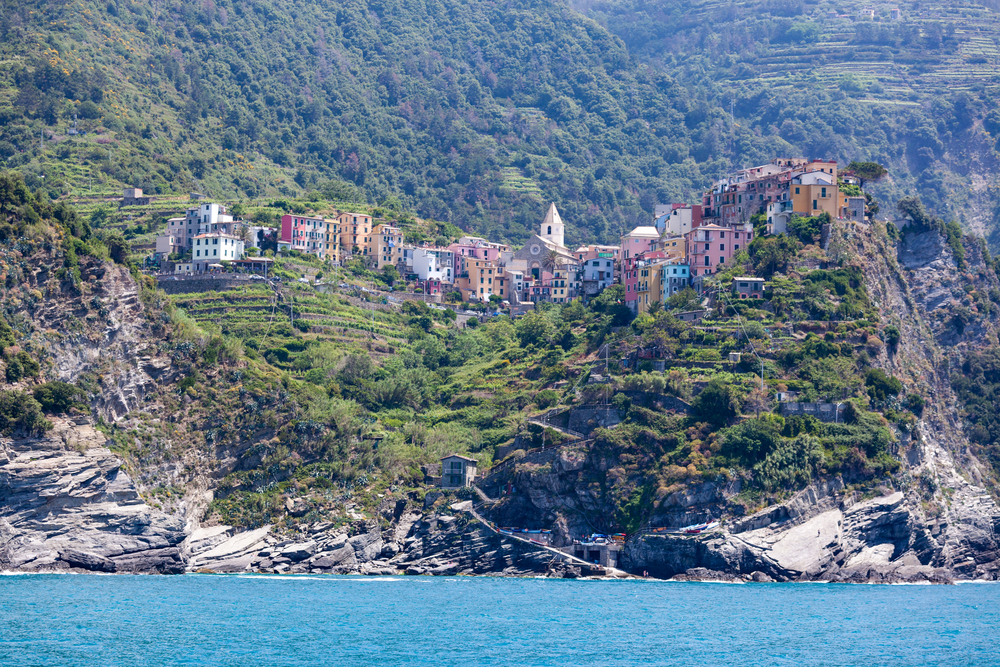Ancient coastal settlements hold secrets of humanity’s past, whispering stories of
thriving communities that once dotted our shorelines. These abandoned seaside
villages, now silent witnesses to time’s passage, offer fascinating glimpses into how
our ancestors lived, traded, and ultimately disappeared.
From weather-worn ruins to submerged streets, each site presents a unique window
into maritime history and the complex relationships between humans and the sea.
Dunwich, Suffolk, England
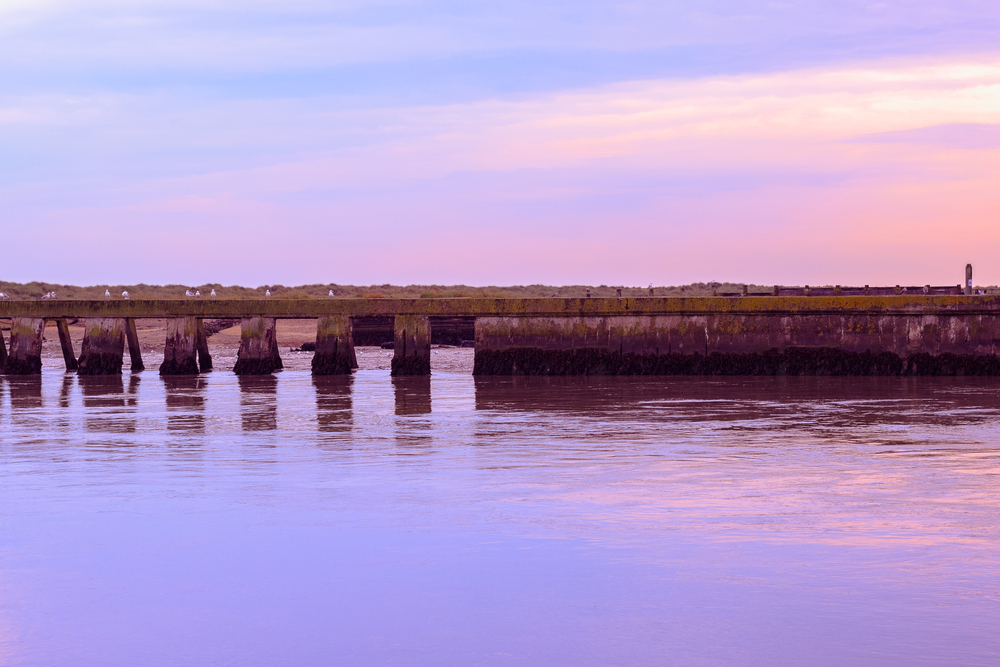
Once a significant medieval port and one of England’s largest towns in the 13th century, Dunwich has largely been lost to coastal erosion. Over centuries, severe storms and the gradual action of the North Sea claimed most of the town’s buildings and infrastructure.
The underwater ruins and remaining coastal structures provide valuable insights into medieval English maritime commerce.
Pavlopetri, Peloponnese, Greece
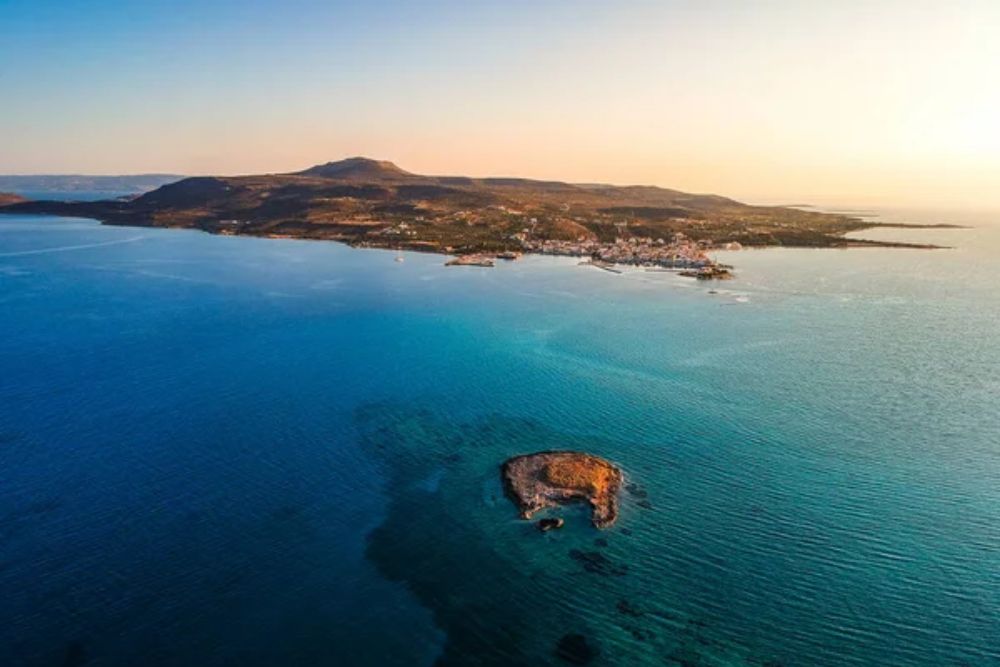
Pavlopetri, dating back to 2800 BCE, is the oldest known submerged city in the Mediterranean. This Bronze Age settlement features intact building foundations, streets, and tombs preserved beneath the crystal-clear waters.
The site provides invaluable insights into ancient Greek urban planning and maritime trade.
Like Travel Pug’s content? Follow us on MSN.
Dwarka, Gujarat, India
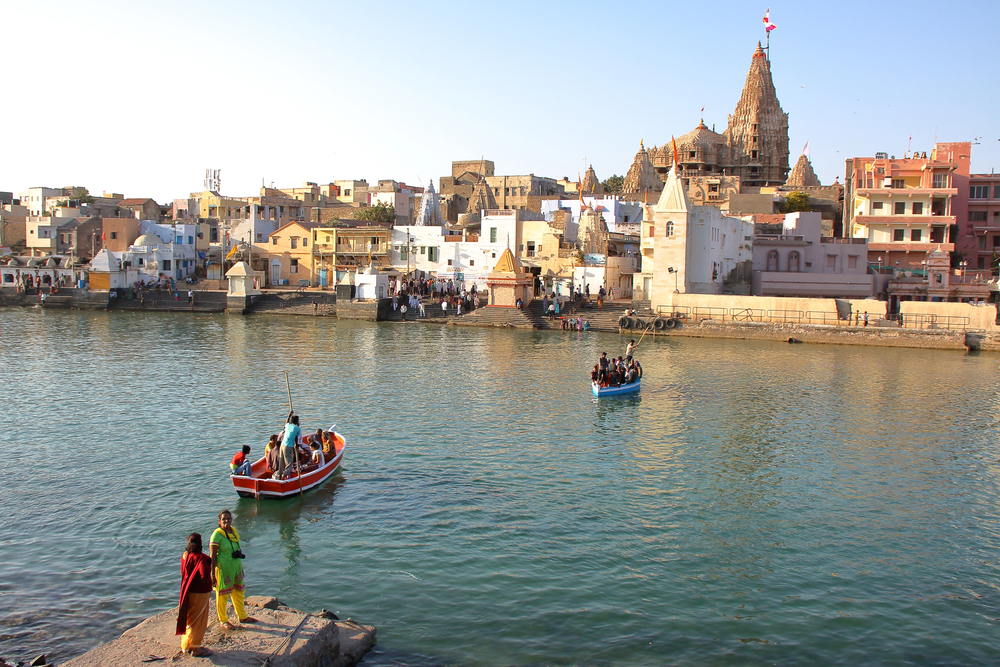
Located off the western coast of India, this underwater city holds historical and religious significance in Hindu tradition. Marine archaeological explorations have revealed structured stone buildings, anchors, and artifacts that suggest a sophisticated ancient port settlement.
While the exact dating remains subject to ongoing research, the underwater ruins provide valuable insights into ancient Indian maritime activities.
Port Royal, Jamaica
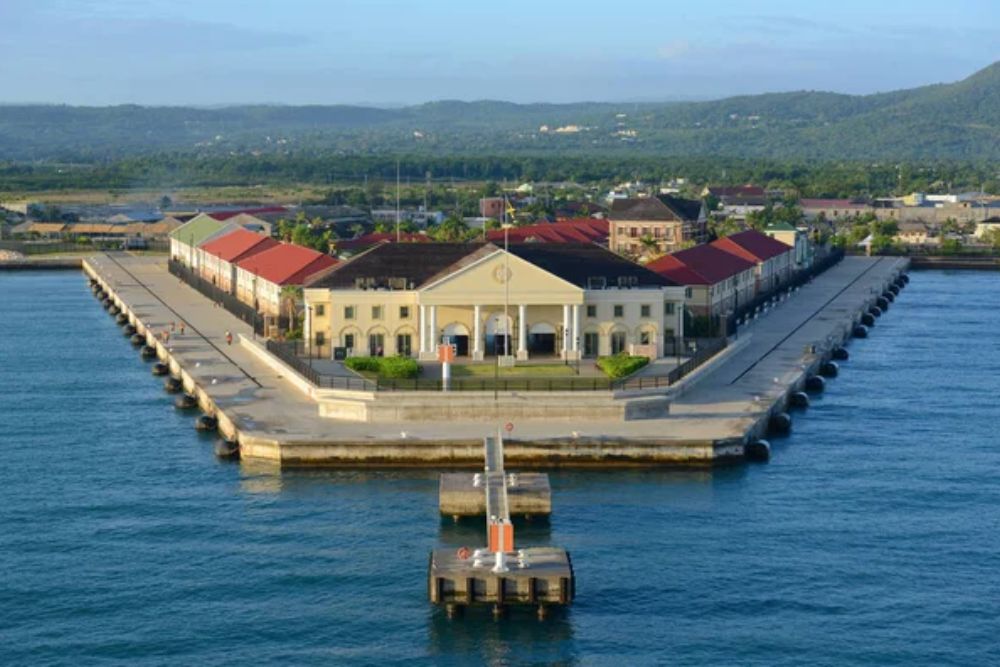
Once known as the ‘wickedest city on Earth,’ this 17th-century pirate haven succumbed to a massive earthquake in 1692. The catastrophic event plunged two- thirds of the city into the Caribbean Sea, preserving its taverns, shops, and brothels in incredible underwater preservation.
Modern excavations continue to uncover new findings about colonial maritime life.
Vijayanagara, Karnataka, India
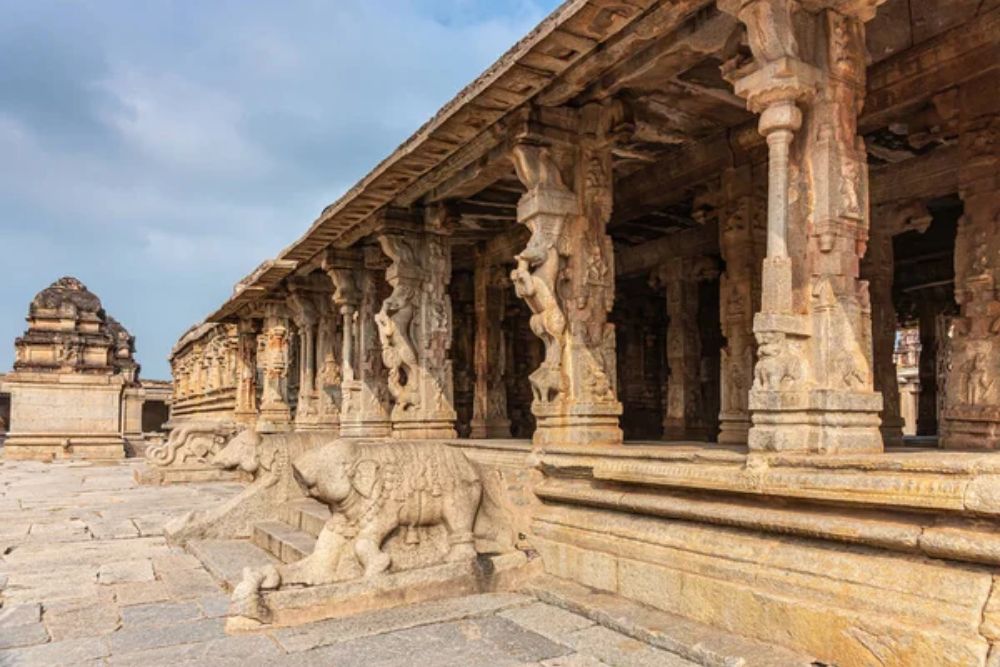
Situated along the Tungabhadra River, this massive medieval city once served as the capital of South India’s largest empire. The abandoned ruins feature elaborate temples, market complexes, and water systems that showcase sophisticated urban planning.
Its strategic location facilitated maritime trade while protecting it from naval invasions.
Like Travel Pug’s content? Follow us on MSN.
Heracleion, Alexandria, Egypt
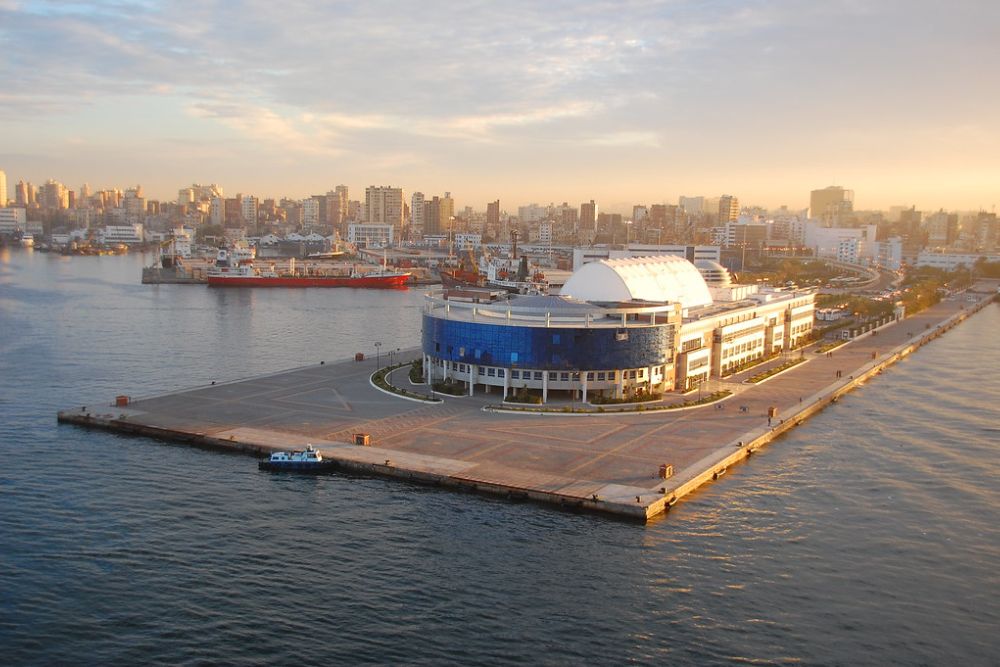
This ancient Egyptian port city was rediscovered in 2000 and has remained underwater for over 1200 years. Massive statues, gold coins, and religious artifacts depict a wealthy trading hub where Egyptian and Greek cultures merged.
The site offers unprecedented insights into ancient Mediterranean maritime commerce.
Gedi, Kenya
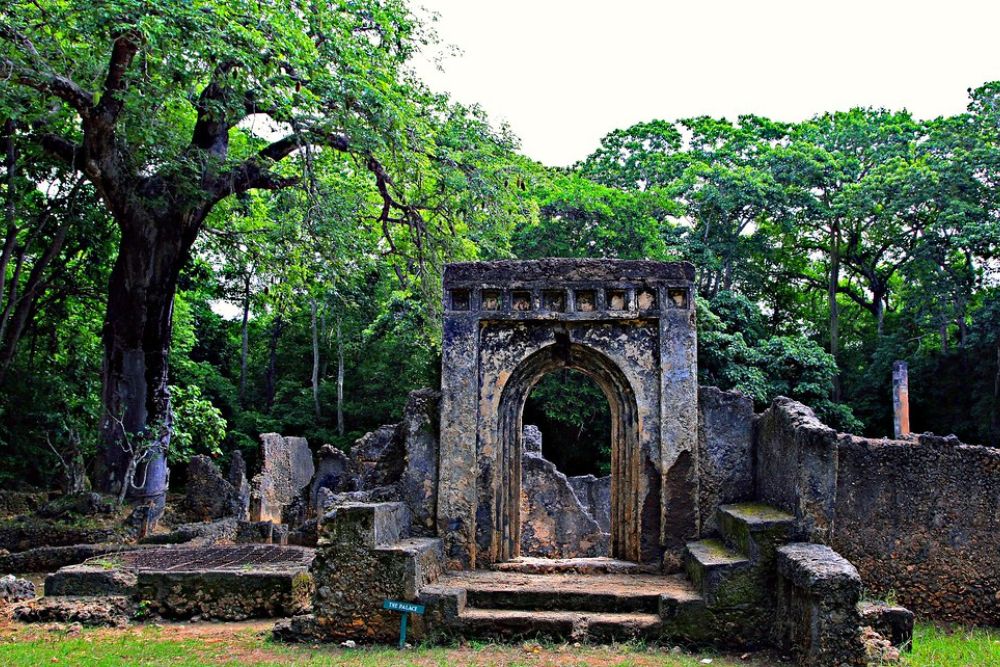
Hidden within a dense forest near the Indian Ocean, this once-prosperous Swahili trading port flourished between the 13th and 17th centuries. The well-preserved ruins feature coral brick houses, mosques, and a sophisticated water system.
Its sudden abandonment remains a subject of archaeological debate.
Skara Brae, Orkney Islands, Scotland
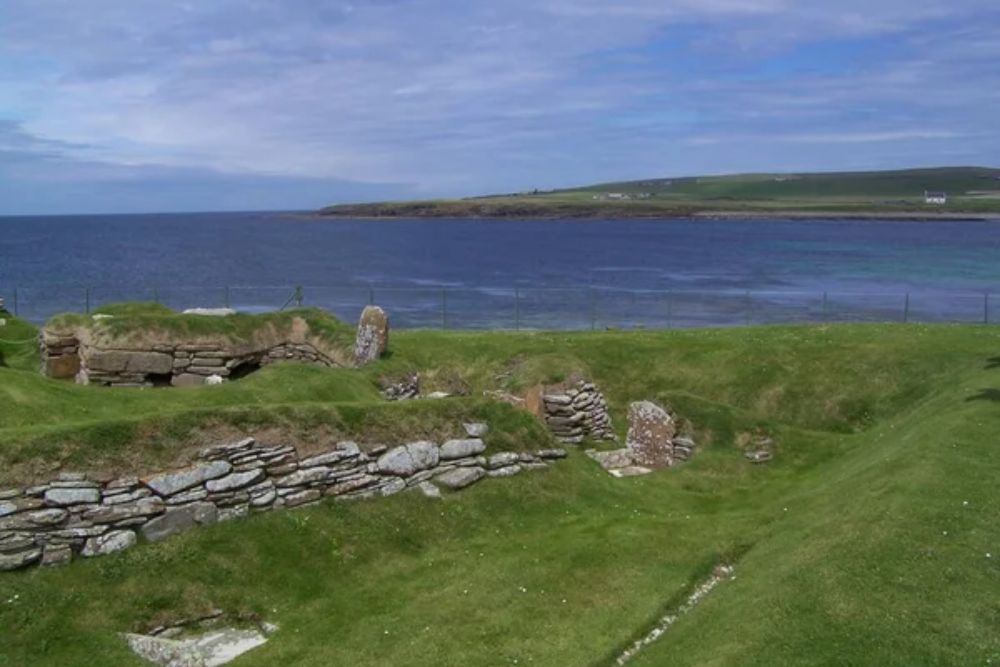
This Neolithic settlement predates both Stonehenge and the Great Pyramids of Giza.
The stone-built houses feature built-in furniture and sophisticated drainage systems
preserved by dunes for millennia.
The site provides remarkable insights into prehistoric coastal living.
Like Travel Pug’s content? Follow us on MSN.
Nan Madol, Micronesia
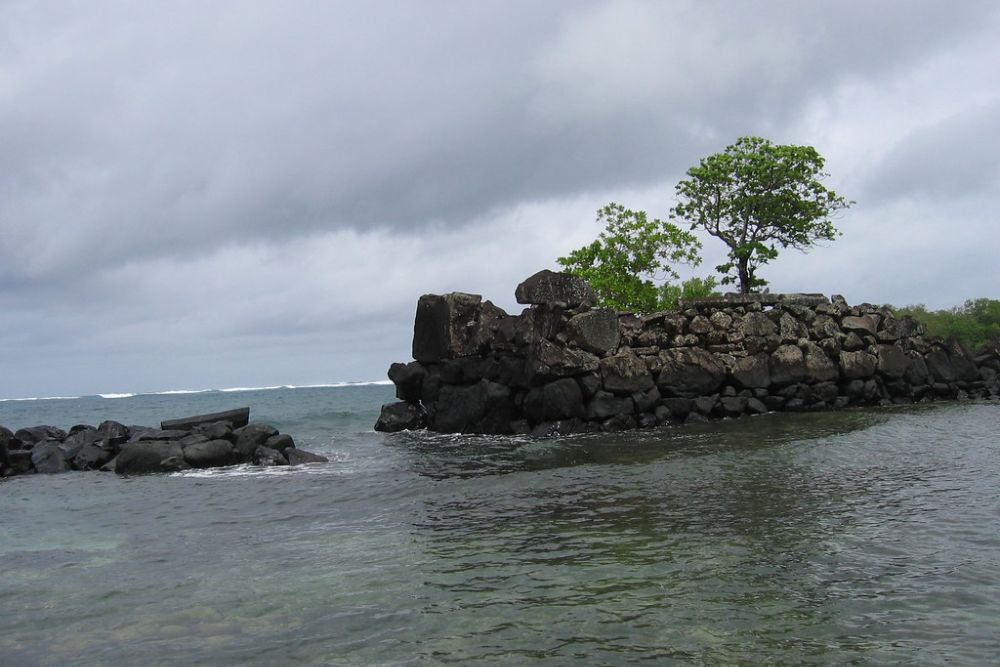
Built on artificial islands off Pohnpei’s coast, this ancient capital consists of 92 man-
made islets connected by canals. The massive basalt structures and complex water
systems demonstrate advanced engineering capabilities.
Its construction methods continue to puzzle modern archaeologists.
Caesarea Maritima, Israel
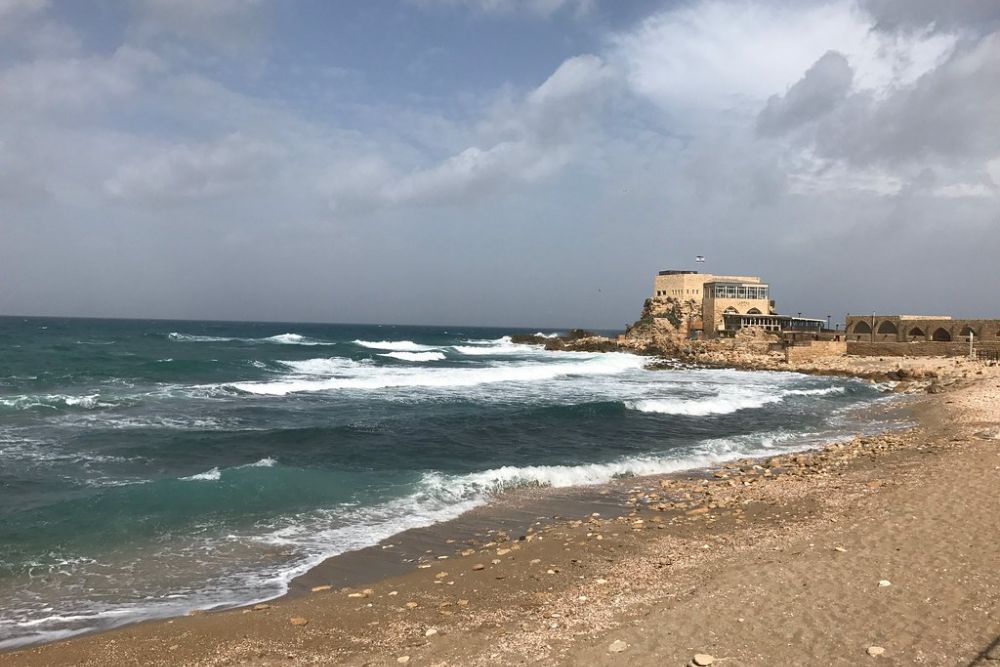
King Herod’s ambitious port city featured one of the ancient world’s largest artificial
harbors. The underwater archaeological park contains remarkably preserved buildings, statues, and harbor installations.
The site exemplifies Roman maritime engineering and Mediterranean trade networks.
Tyre, Lebanon
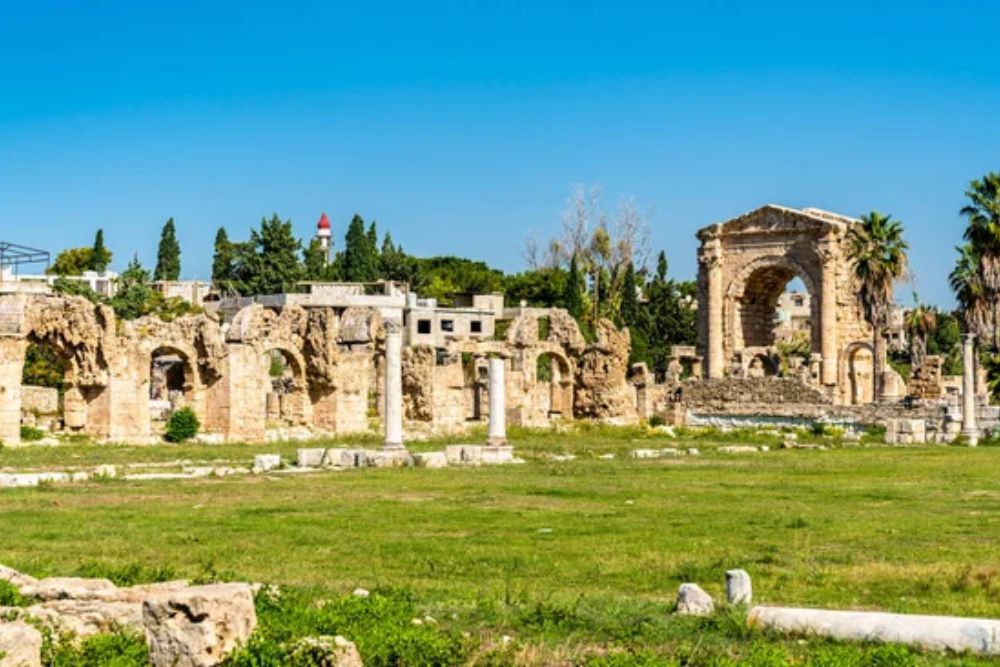
This ancient Phoenician port city dominated Mediterranean trade for centuries through its purple dye industry. The archaeological remains include a Roman hippodrome, a triumphal arch, and underwater harbor structures.
Its strategic location and natural harbors made it one of antiquity’s most important maritime centers.
Like Travel Pug’s content? Follow us on MSN.
Lothal, Gujarat, India
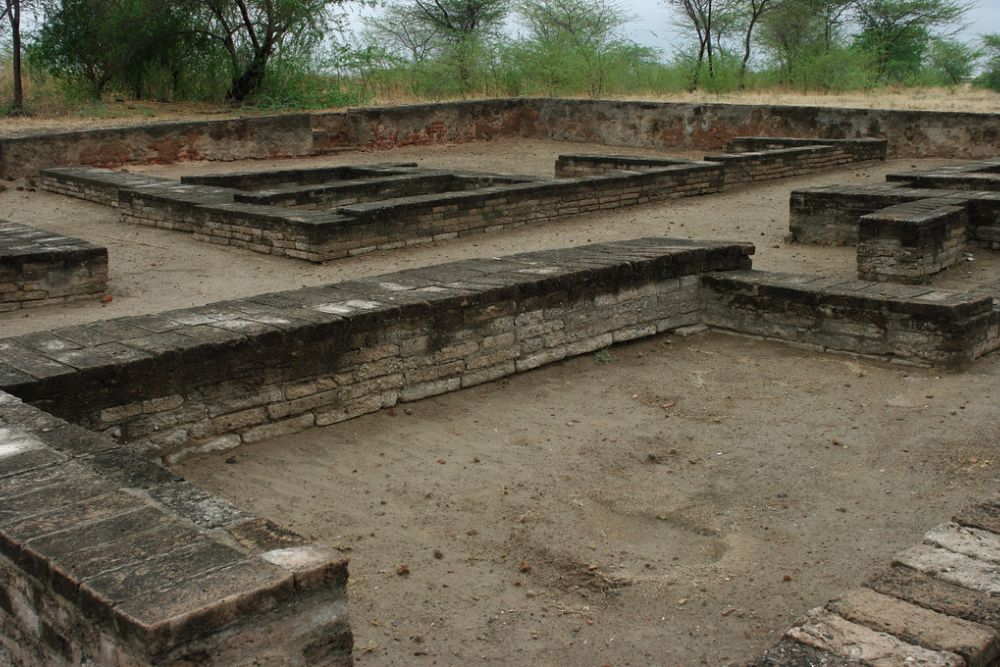
This Harappan city boasted the world’s earliest known dock, dating back to 2400 BCE. The sophisticated harbor design and warehouse structures demonstrate an advanced understanding of tidal dynamics.
The site provides crucial evidence of maritime trade in the ancient Indus Valley Civilization.
Baiae, Naples, Italy
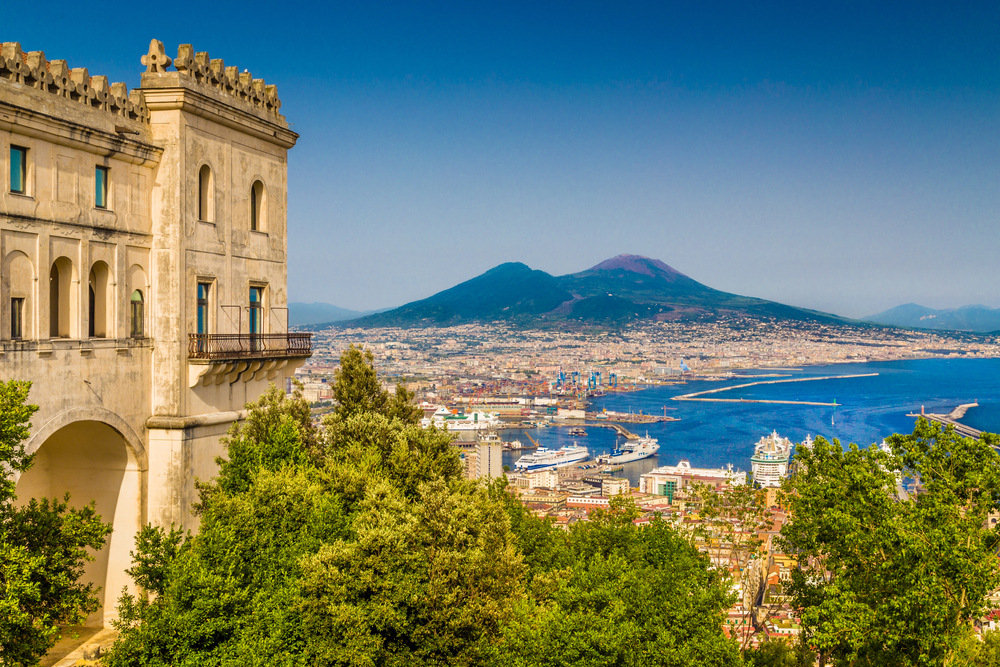
Due to volcanic activity, this luxury Roman resort town lies partially submerged in the
Bay of Naples. The underwater ruins include elaborate thermal baths, villas, and pleasure gardens of the Roman elite.
The site represents the height of Roman coastal luxury and engineering.
Thonis-Heracleion, Egypt

Once Egypt’s primary Mediterranean port, this city vanished beneath the waves 1200
years ago. Recent underwater excavations have revealed colossal statues, gold coins, and religious artifacts.
The discoveries continue to reshape our understanding of ancient Egyptian maritime trade.
Like Travel Pug’s content? Follow us on MSN.
Atlit-Yam, Israel
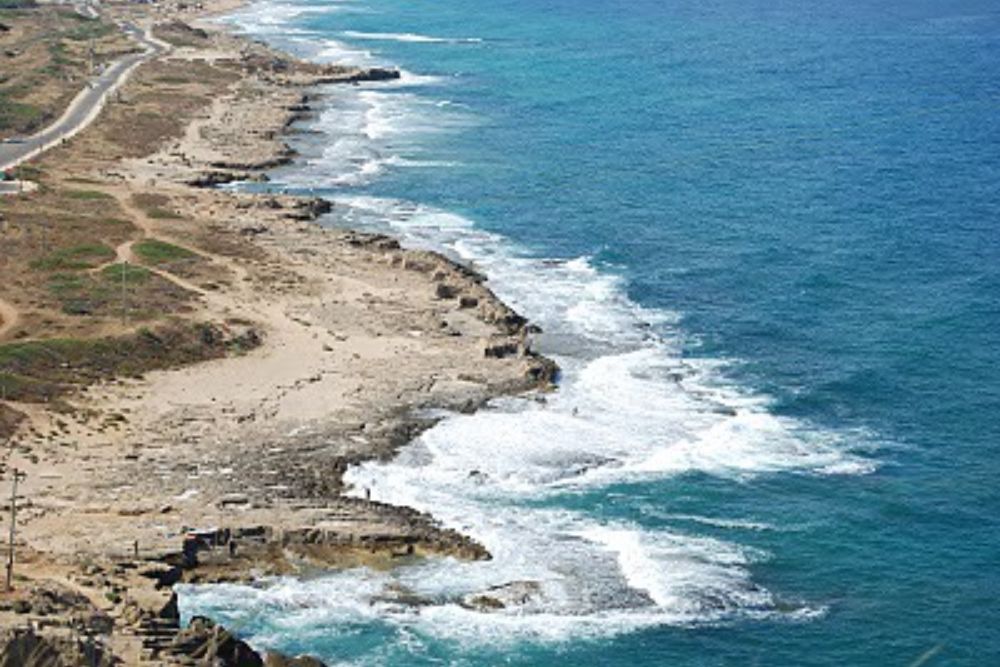
This 9,000-year-old Neolithic village lies submerged off Israel’s Carmel coast. The site features well-preserved houses, burials, and the oldest known water wells.
Its study provides crucial information about the transition from hunter-gatherer to agricultural societies.
Muziris, Kerala, India
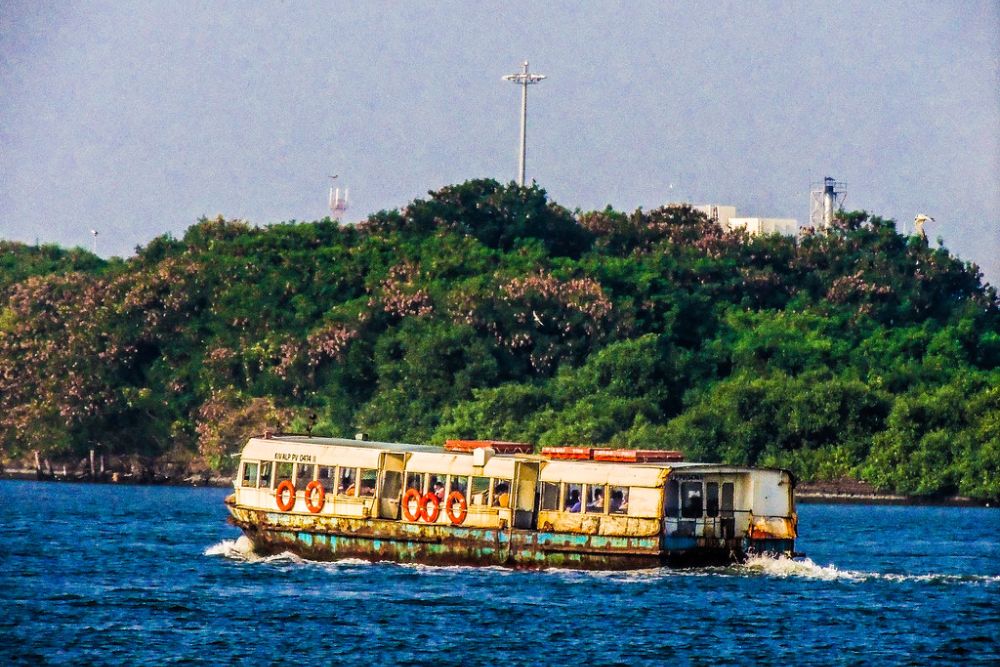
This ancient port city, recently identified near present-day Kodungallur, was a crucial
hub in Indo-Roman trade networks. Archaeological excavations have revealed evidence of extensive maritime commerce, including Roman amphora fragments, ancient warehouses, and sophisticated water management systems.
The site demonstrates the complexity of ancient Indian Ocean trade routes and cross-cultural exchanges.
Andhra Coast Buddhist Sites, India

Archaeological excavations along the Andhra Pradesh coastline have revealed several Buddhist settlements with maritime connections. The remains include stupas, monasteries, and artifacts indicating regional trade activities during the early centuries CE.
These coastal Buddhist sites collectively demonstrate the spread of Buddhism along India’s eastern seaboard.
Like Travel Pug’s content? Follow us on MSN.
Poompuhar, Tamil Nadu, India
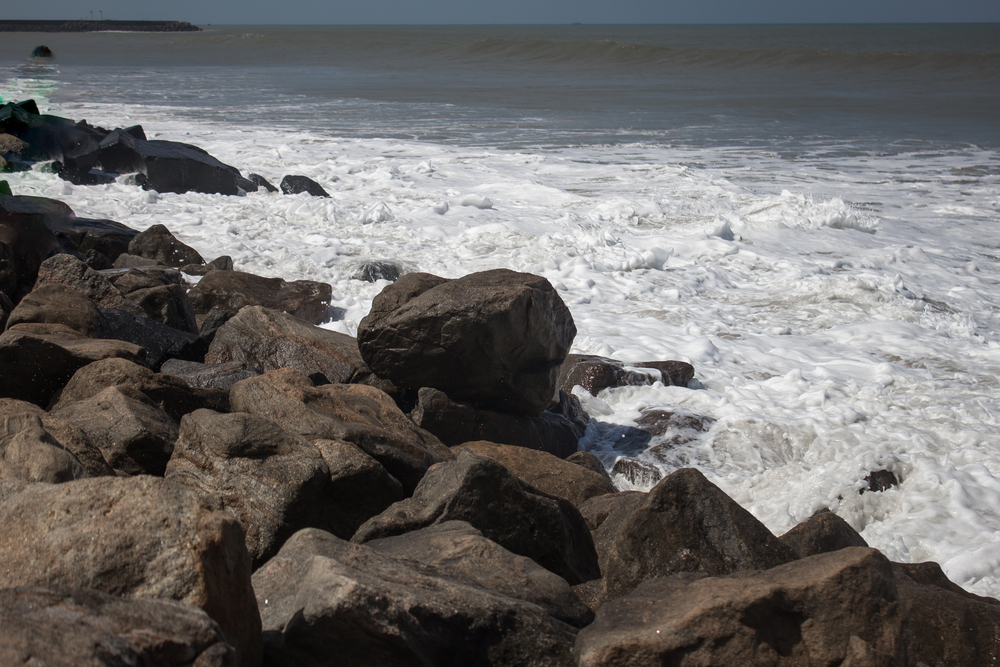
This ancient port city played a crucial role in maritime trade between South India and
Southeast Asia. The submerged ruins contain evidence of advanced urban planning and international commerce.
Recent underwater surveys continue to reveal new aspects of ancient Tamil maritime culture.
Caldicot Castle and Port Wales
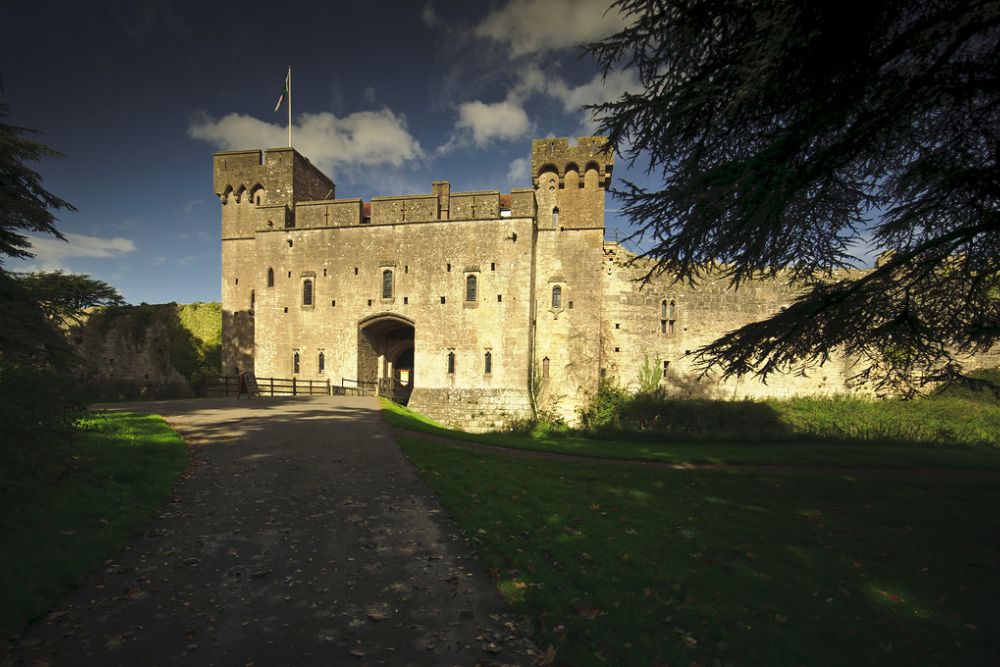
This medieval site features a well-preserved 13th-century castle near what was once
a small port on the Severn Estuary. Archaeological evidence suggests modest maritime activity and local trade, though the scale was smaller than other major Welsh ports.
The site provides insights into the relationship between coastal defense and local maritime commerce in medieval Wales.
Akrotiri, Santorini, Greece

This remarkably preserved Bronze Age settlement on the island of Santorini was buried by a massive volcanic eruption around 1600 BCE. The ash-covered ruins feature multi-story buildings, advanced drainage systems, and elaborate frescoes demonstrating a sophisticated maritime trading culture.
The site provides exceptional evidence of the Minoan civilization’s extensive seafaring networks and urban development.
Silent Shores: Guardians of Maritime History
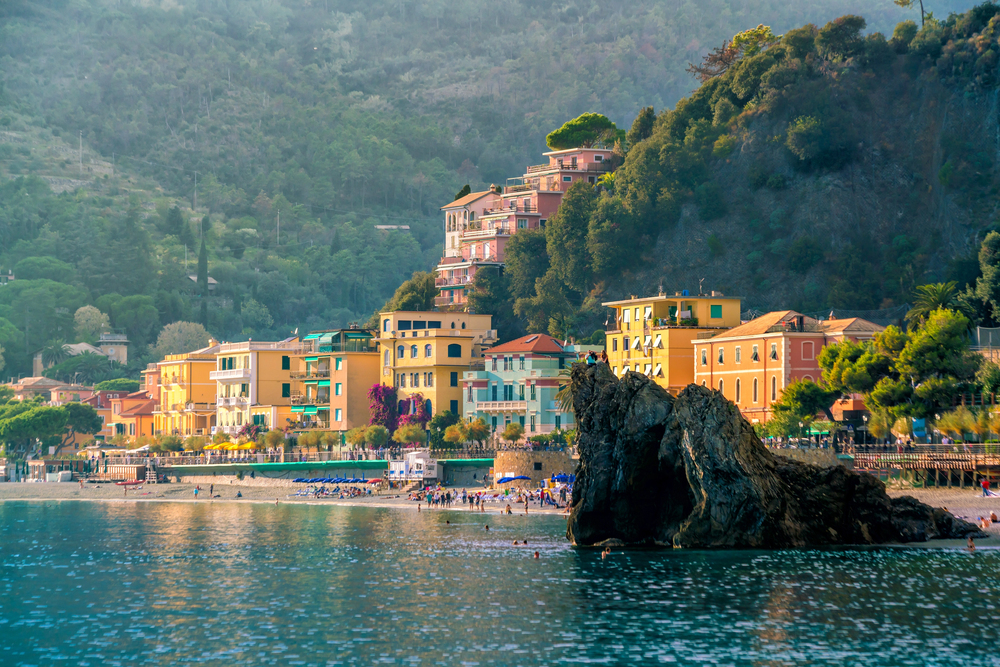
The enduring allure of these abandoned seaside villages lies not just in their
archaeological significance but in their ability to connect us with our maritime
heritage. As rising seas and coastal erosion threaten many of these sites, their study becomes increasingly urgent for preserving humanity’s coastal history.
These silent sentinels of the past continue to yield discoveries, reminding us of our enduring relationship with the oceans and the fragility of human settlements along their shores.
More from Travel Pug

- 20 Cities Around the World Where You Can Walk the Streets Without Looking Over Your Shoulder
- 15 Caribbean Islands Where Tourists Keep Getting Scammed
- The 25 Best Scenic Outlooks Along U.S. Highways (The Most Beautiful Drives in America)
- 15 Hidden Spots in Disney World’s Magic Kingdom Most Visitors Miss
- 15 Once-Popular Tourist Destinations Now Considered Too Dangerous
Like Travel Pug’s content? Follow us on MSN.
